The Aboriginal industry rewards its own
Two former federal ministers have recently spoken on Aboriginal affairs. One has given a good impression of Rip van Winkle and just discovered that as many or more Aboriginal children are being taken than was the case during the ‘stolen generation’ years. The other, urges greater Aboriginal ‘ownership’ of their destiny. Both love Aboriginal ‘culture’. Neither has any idea what to do for remote communities. Both are patsies for the Aboriginal industry’s insatiable appetite for victim status and others’ money.
These, and many others, have been inducted into the industry because of their acquiescence to the ‘white-man’s fault, pay us rent’ line. By contrast, Dr Jeremy Sammut, who would rather save lives by taking children from hopeless parents, of whatever colour or creed (see his 8 October Speccie column), along with this humble correspondent, is rarely invited to speak at Aboriginal policy conferences.
The reason is simple. The industry would collapse under a Sammut or Johns regime. But many lives would be saved.The following stories from colleagues at the front line may persuade some in the industry to come clean and tell the truth.
The real dreaming
A father and 11 year old daughter attended an interview for boarding school in Sydney, where he told the story about a meeting in a remote community in the Central Desert, population around 350 people.
The community and the service providers called the meeting to discuss the problem of children, as young as five, roaming the community at all hours of the night vandalising clinic cars, breaking windows, breaking into the aged care facility, stealing and spoiling food, breaking into the doctor’s house, pulling apart the medical bag.
The mothers are out on the fringes gambling, and or sly grog drinking along with some of the men. The children are not fed or at home in bed getting enough sleep to be able to attend school. The clinic cars cannot be used in an emergency because they are unsafe to drive. Rubbish cannot be collected until the local council vehicle with slashed tyres can be repaired. The elderly cannot be fed breakfast because their food has been stolen.
The meeting broke into a fight with the local people accusing the service providers of coming into the community to take their money. No responsibility was taken for the children wandering around not fed, disciplined, or cared for.
The only way the children get some attention is to constantly whinge and they usually get money for the shop. They buy copious amounts of Coke, chips and sweets.
Some of the girls, as young as 15, have birth control implants in their upper arm. Some young men feel for these implants which to them is a sign of ‘free for all’. The medicos started to implant into the girls upper thighs but the men soon caught onto that. The clinic runs classes for young mothers to show the young women how to properly care for their babies.
The father was relieved when the school offered his daughter a place. The father and his wife confided that boys had begun hanging around. She is a pretty pre-pubescent girl.
Like many Aboriginal men, when he was younger he drank, fought and smoked Gunja as did his wife. He would have had at least one stint in jail. His saviour has been that he has always worked and is literate in English.
Sacred camp dogs
The second story concerned a serious problem with school attendance. A ‘wise’ elder told a community meeting, held to address the problem, that children did not go to school because they were afraid of the dogs. The wise elder said that nothing could be done about the dogs because they were ‘sacred’. The community had a ‘dog dreaming’ so they were allowed to roam at will.
They were particularly dangerous when their owners left the community on extended trips – a very common occurrence. So what was the solution? According to the elder, the teacher should drive the school bus around every morning and pick the kids up to avoid the dogs.
So, the owners of the ‘sacred’ dogs, who are also legally responsible for getting the kids to school, had no role to play. It was the expatriate teacher’s responsibility. When confronted with this issue another elder reacted angrily and insisted that ‘unlike whitefella law’, which changes all the time, his law was ‘eternal’.
It did not occur to him that the white fella introduced camp dogs. This man’s father-in-law has about 25 dogs. He is a local Big Man and nobody is game to take him on. And so the Law evolves, and so the kids fall further in the list of priorities. According to our two patsies, Aborigines need ‘more culture’, camp dogs and all.
Toyota dreaming tale
There are good people who step into Aboriginal communities wanting to make a difference, and they do, but often they have to battle on many fronts. Battle fatigue sets in and it becomes another ‘Toyota Dreaming’ tale. That is, when one breaks down, we get another one.
My correspondents insist that ‘there are pockets of excellence’, but they can succeed ‘only when people stop talking drivel about culture and different parenting styles, and blaming everyone else.’
It is time for Aborigines to stand up and clearly state what is culture and what is not. Too many Aboriginal activists only want to make money from their own people’s grief. Patsies should hang their head in shame.
Got something to add? Join the discussion and comment below.
Get 10 issues for just $10
Subscribe to The Spectator Australia today for the next 10 magazine issues, plus full online access, for just $10.
You might disagree with half of it, but you’ll enjoy reading all of it. Try your first month for free, then just $2 a week for the remainder of your first year.

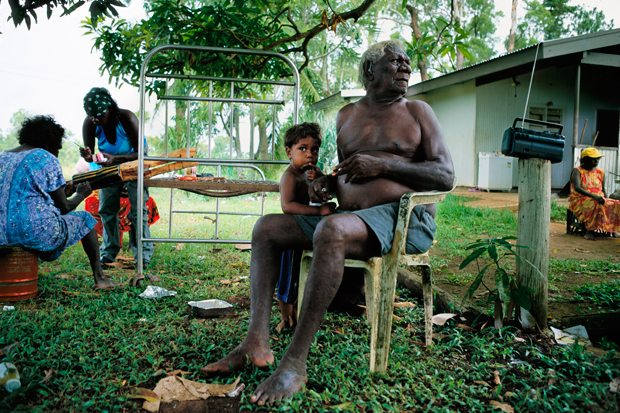
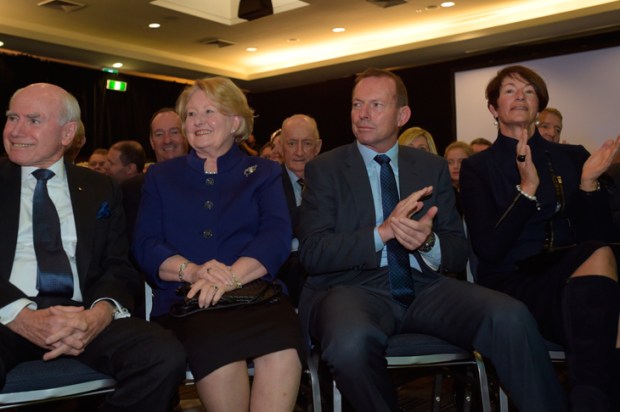
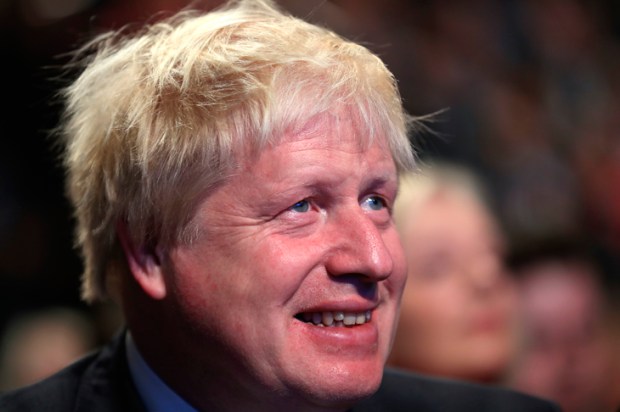
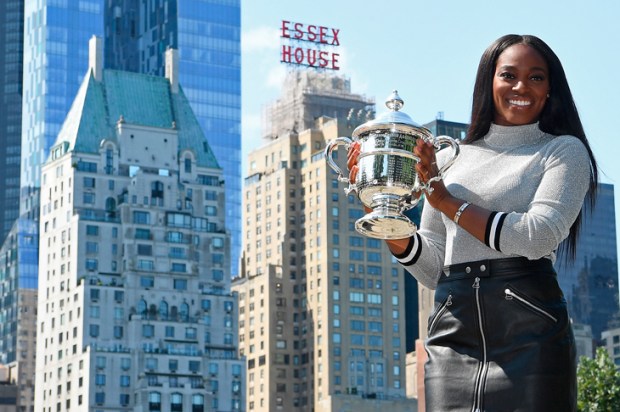
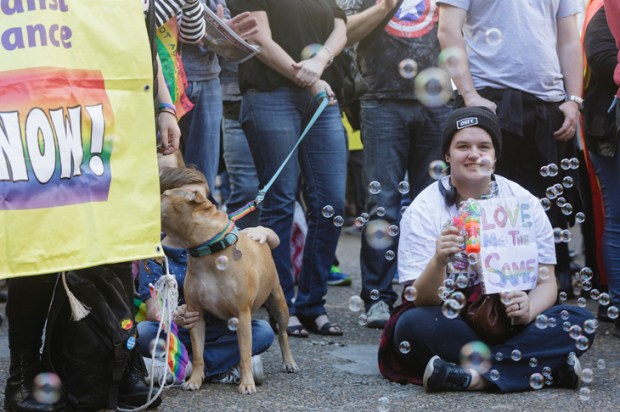
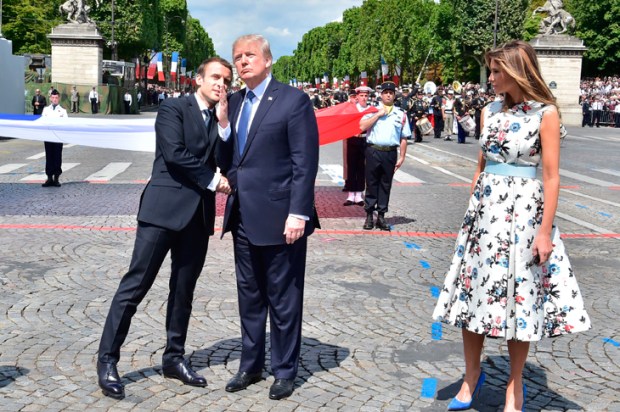
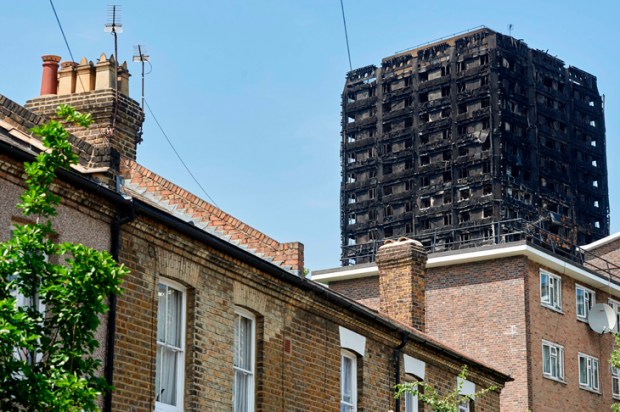






Comments
Don't miss out
Join the conversation with other Spectator Australia readers. Subscribe to leave a comment.
SUBSCRIBEAlready a subscriber? Log in